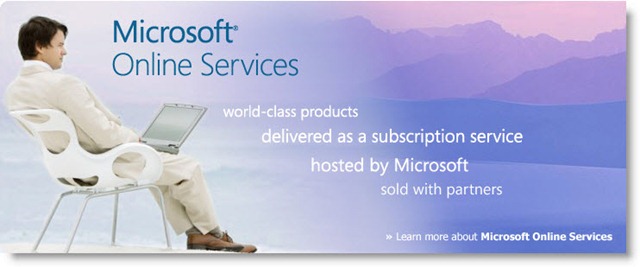It feels as if the smartphone revolution has happened overnight. I am simply astonished at the number of business people and lawyers getting iPhones from AT&T and Android phones from Verizon. I rarely saw them in businesses a year ago – they were still perceived as gadgets, not serious business tools. Now it’s starting to seem unusual not to see them in everyone’s pocket.
The phones are capable of many wonderful tricks but almost everyone tries first to set up over-the-air sync of mail, contacts and calendar. It doesn’t always go well!
- Individuals who have fully committed to Google Gmail and Google Calendar have an easy time with Androids, but their lives are full of sorrow and pain if they get an iPhone without thinking ahead.
- Businesses running Small Business Server discover that it’s easy to set up their phones and completely satisfying – but only if their IT support person has installed a third-party security certificate so the phone will trust the server. (And the IT support person might have scary stories about Exchange, too.)
- And businesses running individual copies of Outlook retrieving POP3 mail quickly discover that they have no good options: they can get a half-baked flow of incoming mail to their new phone but messages sent from the phone will never show up in Outlook without a clumsy BCC: workaround, and calendar and contacts are nowhere to be seen.
It’s messier than most people realize.
Some businesses can and should cut through that confusion by moving the company mail system to hosted Exchange mailboxes run by Microsoft Online Services. Your mailbox lives online, on servers run by Microsoft, and your various devices each show you a picture of the mailbox. Your office computer, your home computer, your smartphone, any Internet browser – all of them display the same mail, the same calendar, the same contacts. A change anywhere is a change everywhere. Update a contact phone number in Outlook and you’ll see that new number on your phone a minute later. Reply to a message from your phone and you’ll see your reply in Sent Items in Outlook the next time you look.
I can understand your hesitation. The world of cloud computing is in a state of turmoil. Big companies – Microsoft, Google – are building up their infrastructure and developing their products, many of which are unfinished or at least raw around the edges. Many of the services planned by Microsoft aren’t ready yet: a whole SQL database platform that is still in development; consumer services that are going through long, drawn out beta testing. Nimble competitors – Salesforce.com, Rackspace, Dropbox – are sparking and fizzing with new ideas, and new companies are appearing at a dizzying rate. There are debates raging about security, there are wobbles in service. I can understand why you might feel cautious about jumping in.
Microsoft Online Services is the exception. It’s ready now. The hosted Exchange platform isn’t new; it’s been available for years and it’s been road tested, with 40 million customers currently being hosted all over the world. It’s secure and it’s solid; the occasional outage (most recently a two-hour outage on Monday morning before 9am) is frustrating but increasingly rare.
It’s not difficult to move a small business to Microsoft Online Services. I’ll tell you next about some of the requirements, the benefits and costs, and a few hidden caveats.


Trackbacks/Pingbacks